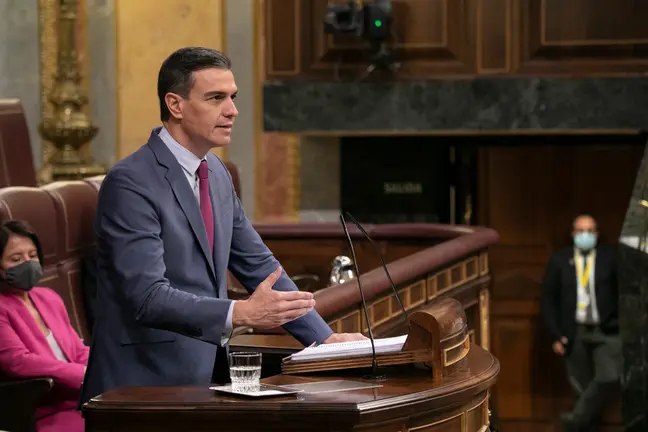The volcanic eruption in La Palma, which has not ceased in 85 days, has become the longest in the island's history.
The activity level of the still-unnamed volcano in the Cumbre Vieja region was slowing down slightly but scientists remained unable to predict when it would finally end.
"The indicators point to a slowdown. The best news is that they are stable," the president of the island council, Mariano Hernandez Zapata, told state television RTVE.
The volcano has been disrupting life on the island, a part of Spain's Canary Islands, for nearly three months, destroying some 2,900 buildings, RTVE reported. Some 7,000 people have had to leave their homes.
Damage is estimated at more than 900 million euros (1,018 million dollars).
Economic impact
The eruption has had a severe impact on banana cultivation, a key sector for residents that employs some 85,000 people, directly or indirectly. Some 225 hectares have been destroyed and other areas severely affected, El Pais reported. Tourism, a further important source of income, has also been heavily impacted.
A metre-thick layer of lava, flowing at some 1,000 degrees Celsius, has covered some 1,200 hectares.
The lava has hardened into two new land coastal promontories, extending some 50 hectares in total.
So far, the eruption of the Tehuya volcano, which lasted 84 days in 1585, was considered the longest-lasting on La Palma.










